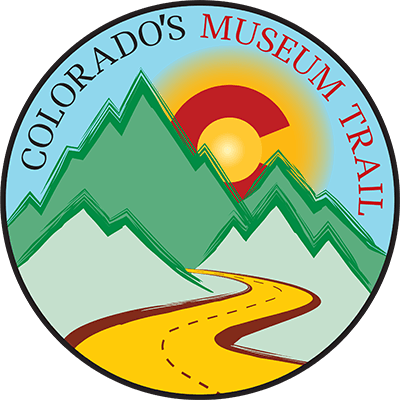by Virginia Simmons, Alamosa Valley Courier
While current news is concentrating on Costilla County’s fire [#SpringFire2018\, this piece will turn to Waverly, which is part of the heritage of Alamosa County. This rural area located southwest of Alamosa along Road 10 was actually still part of northern Conejos County when this story begins.
First, let’s make it clear that Waverly is not a designated town. Next, we need to remember that the area’s story has two parts — immigration from the Netherlands and emigration of farmers who were relocated by the federal government during the Dust Bowl in the 1930s.
The first story is about the immigrants from the Netherlands who had read the enticement of a private contractor’s brochure, touting good land and a nice climate. When they arrived at Alamosa by railroad in 1892, however, they found that landscape that looked nothing like farmland in Holland and the temperature was bitterly cold. Shades of enticing photos in realtors’ ads on the Internet!
Housed in a couple of structures by the railroad tracks, the travelers barely survived although they had the aid of charitable townsfolk until they could move into an empty schoolhouse and begin constructing homes. Some, protesting that they had been misled by the information of the Utrecht company’s promotion, accepted land instead around Crook (no pun intended), while the persisting survivors in the San Luis Valley established their farms in the neighborhood of Road 10.
By 1908 they also had begun constructing a Dutch Reformed Church, now called the Christian Reformed Church. They held school in the old building and later in a new one, and there was a store but never a post office. The names of well-known descendants included Van Geeson, Vaniwaarden, Wiescamp, Hof and others.
There were also a few long-time pioneer farms, like that of the well-remembered Dorris family. Next, in the 1930s the area also attracted a second group of emigrants, which resulted from conditions in the Dust Bowl, as well as the Great Depression.
Land and livelihoods literally had blown away there. To help these desperate people, the New Deal’s Federal Government’s Resettlement Administration created a program whereby farmers in the Dust Bowl could obtain a second chance on land where farms could be established.
One such new location was the project at Waverly, a name that might have been begun in another state and traveled with the newcomers to Alamosa County, although I’m not sure about that. Other resettlement projects in Colorado were in Delta, Montrose, and Mesa Counties.
Each farm consisted of 90 acres, and the Resettlement Administration built small, story-and-a-half homes for the farm families, although it soon became apparent to some that 90 acres would not be suitable. Over the years, some of the newcomers stayed and others turned to different work. Many of their attractive homes are still recognizable, often with alterations, changed ownership or moves to different sites.
In a region where farming and ranching are so dependent on good soil and irrigation water, this seems like a good time to mention problems that were evident during the Dust Bowl in southeastern Colorado, northeastern New Mexico, western Kansas, and the Panhandles of Texas and Oklahoma. To remediate them, the federal government also undertook land use programs such as the Soil Conservation Service, which now is the Natural Resource Conservation Service (NRCS), to improve the practices of land users, many of whom had ill-conceived notions originally.
Many of these sub-marginal lands were simply bought up by the federal government, and cropland was taken out of production and grasslands were restored. Some became National Grasslands, now administered by the U.S. Forest Service, and some others are the properties of nongovernmental conservation organizations.
https://alamosanews.com/article/rabbitbrush-rambler-waverly-revisited














